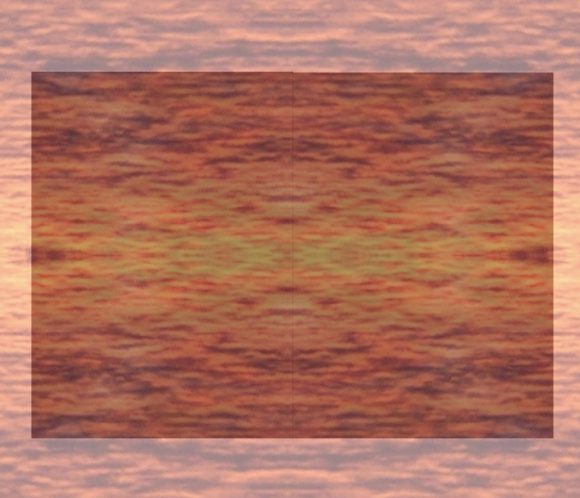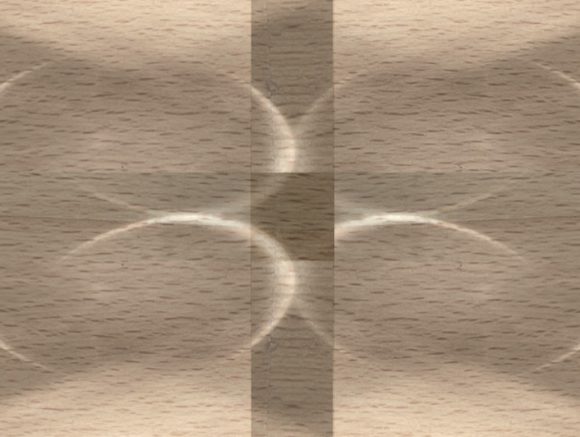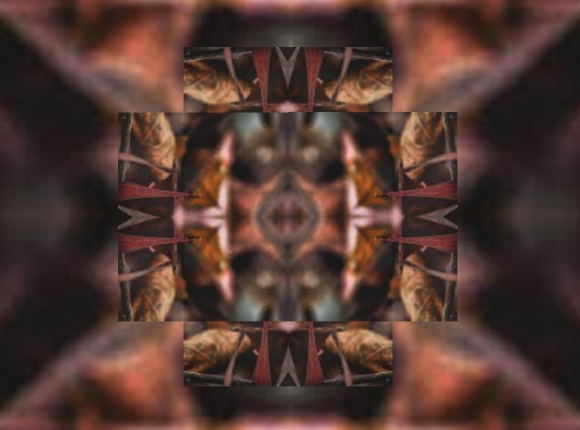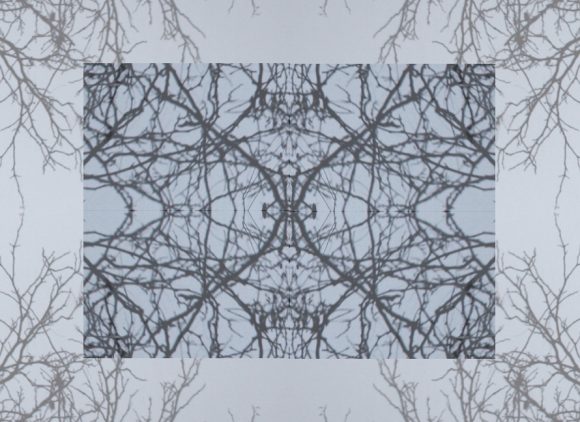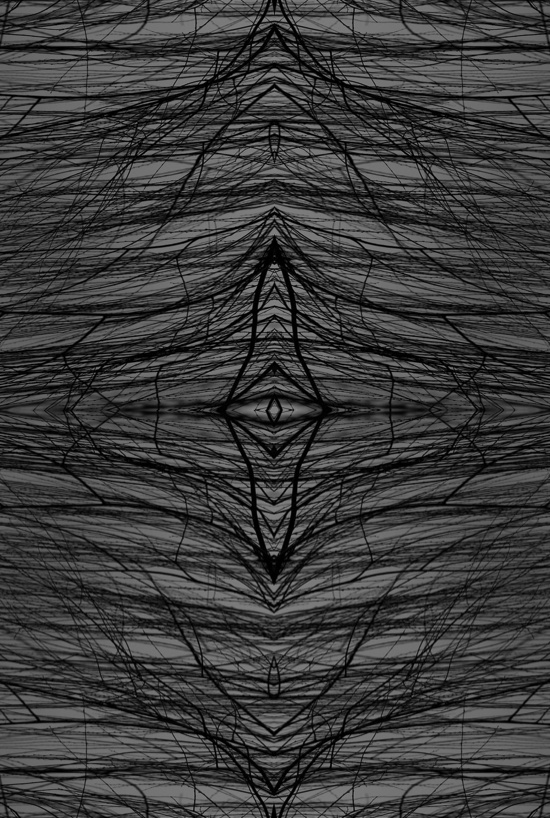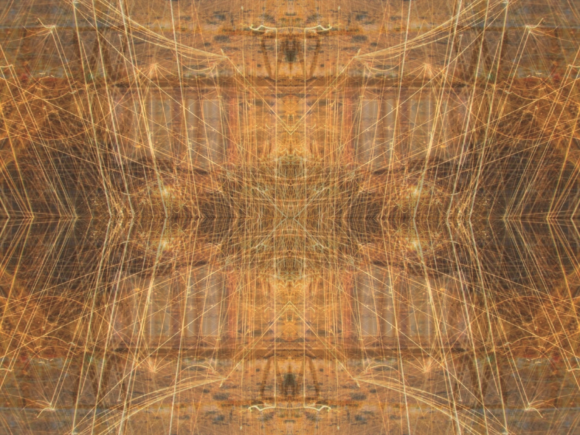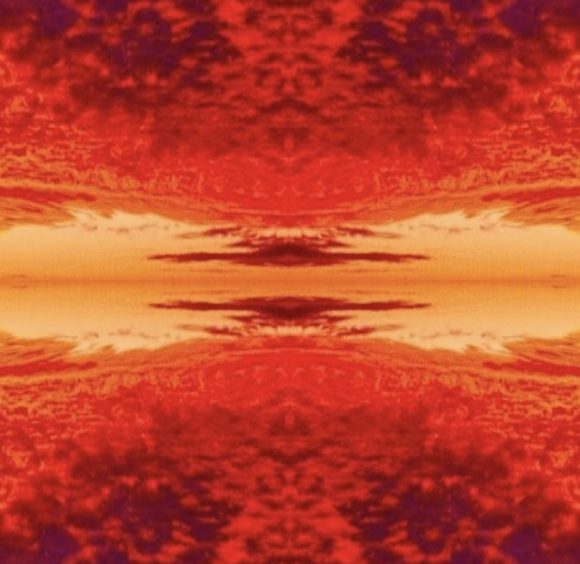
A metaphysical theory is an account of which kinds of thing exist in the world and how they interact. Theories like that are generally considered to be a branch of philosophy; and especially when concerned just with kinds of existing things, they are also called ontologies. The aim of philosophy, abstractly formulated, is to understand how things in the broadest possible sense of the term hang...
